DIPS in Jaipur
Posted by asuasu69 on Nov 10, 2012 in India | 2 commentsAs our preferred travelling style is slow and steady, this last week in India was really flying in the face of what is the norm for us. In the time usually reserved for just one place we needed to cover three cities, not to mention the travelling in between.
We planned to end our Indian odyssey with the classic ‘Golden Triangle’ of Jaipur, Agra and Delhi, starting with 4 nights at a great Heritage Homestay: the ‘Devi Niketan’ in Jaipur. After a bit of a downer in Jodhpur with the city in general, our accommodation and Immi’s gastro we were hoping to rejuvenate ourselves by splurging out a bit on accommodation (x3 times our normal budget). Although very close to the city centre, Devi Niketan is a large house on two acres and also our first accommodation with a swimming pool. Problem was now we were now further north the weather was cooler therefore the pool water was quite chilly. The semi-arid climate coming into winter meant perfect daytime temperatures in the mid-twenties and overnight temperatures dipping to fourteen. It did not, however, stop me from telling the girls they had to ‘get in the water AND enjoy it’ seeing as they had been asking for a pool since we had arrived in India! They only swam twice over the four days we were there and neither was for very long mind you!
The accommodation more than made up for it though being lovely, clean and quiet. The house itself is a virtual showpiece full of plaques, certificates, pictures, portraits and models of everything nautical from the career of its owner, former Indian Navy Admiral Singh, who retired as a very high ranking naval officer: the Chief of Naval Staff. It was all very ‘ship shape’ and each room had a folder listing the house rules! The Admiral also personally sits down with his guests and gives a succinct rundown on Jaipur’s history and that of the house. It was interesting to note the year it was built – 1934 – the same year as our house back home!
On display in the dining room are the national flags of the guests in residence which was a really nice touch, so we had the Australian and New Zealand flag together as there was also a family from NZ staying at the same time. The girls enjoyed some time in the garden with the children from that family, playing hide and seek together throughout the house and we also played some cricket in the back yard.
Incidentally, the family from NZ were doing a three week trip in India with a car and driver in the definitive Indian car: a white Ambassador. From the time I first saw the Ambassador I instantly loved it and had took a photo of them lined up outside the railway station in Cochin. Our first and unfortunately only ride in one was the taxi from the Kannur railway station to our beach accommodation. All of our other experiences with car and driver were in a perennially reliable car like the Tata Indica – equivalent to a Toyota Corolla and equally as boring. The Ambassadors have been manufactured in India since 1958, its graceful curves reminiscent of bygone days and much like a mini version of a black London cab but white. Considered a car of diplomats and tourists it is called “The King of the Indian Roads”.
But I digress…
Jaipur is unique in that it was the first planned city in India. The ruling Maharaja of the early 1700’s decided that due to increasing population and scarcity of water, the capital needed to be shifted from the site of Amer, 11km south to its present site. The city was divided into nine rectangle blocks with wide avenues and boulevards and the radiating streets were all laid out in a very (un-Indian!) organised grid pattern, planned according to the principles of Hindu architectural theory. It was surrounded by a huge fortification walls with seven gates.
An affinity with astronomy, mathematics and astrophysics was also behind the designing of many buildings and hence Jaipur is home to The Jantar Mantar, a collection of architectural astronomical instruments, built by The Maharaja at his then new capital between 1727 and 1734.
The observatory consists of fourteen major geometric devices for measuring time, predicting eclipses, tracking stars’ location as the earth orbits around the sun, ascertaining the declinations of planets, and determining the celestial altitudes and related ephemerides.
We spent an hour or so wandering amongst the brass, marble and sandstone contraptions used for measuring and mapping the altitudes, azimuths, and zeniths of heavenly bodies. In preparation for this visit, we had a bit of a lesson on world time, shadows and sun dials.
Unfortunately it really was beyond the understanding of the girls. … actually who am I kidding, it was waaay beyond me too, seeing as my understanding of azimuths and zeniths is …well…. zilch! But it was really quite mind-blowing and I could easily see how it would be fascinating if you were someone with a scientific background or had an interest in astronomy. Funnily enough it did, however, remind me of the time my Dad tried to teach me how to navigate using the sextant during our 6 months at sea when I was a kid back in the ‘70’s – see Dad I still remember! Sadly, I think I still understand as much now as I did back then.
After an insightful couple of hours we took an autorickshaw to the previously mentioned town of Amer to visit Amer Fort, the site of the original capital. The largest of three forts in the area, the Amer or Pink Fort was imposing but the palace within lacked a lot of the aesthetic appeal that the Jodhpur fort had. This fort did have some innovative engineering features such as the underground emergency escape tunnel that led to a neighbouring Fort, and a series of water wheel buckets to lift water 45m up from the adjacent lake. The sheer mountain ridges surrounding the fort were also further defensively enhanced with a snaking protective wall.
The afternoon before, we visited a café not far from our hotel which was a part of Anokhi – a contemporary craft and textile company that made the most wonderful clothing and textiles using the age old craft of block printing. The girls and I each purchased a Shalma Kameez from their beautiful shop next to the cafe.
In its simplist form, block printing is the transfer of a pattern onto cloth using hand-carved timber blocks and ink. As Anokhi’s roots lie in Jaipur and we discovered they also have a museum of hand printing dedicated to the collection, preservation and interpretation of block printed cloth with artisans still carving designs from the hard teak timber and using the oldest of dyeing techniques utilising vegetable colours.
We decided a trip to the museum would be an interesting and worthwhile outing for everyone but, yep you guessed it, the museum was out of town just beyond the Amer Fort where we had just been! We wanted to make sure a second rickshaw fare to this area was worthwhile, so after checking on Tripadvisor, we discovered a good review that mentioned there was also a Stepwell just around the corner from the Anokhi Museum. We knew we just had to head back and check them both out the following morning.
Stepwells are particular to Western India and Pakistan with some dating back to the early tenth century or even earlier. It is basically a large, deep pit constructed for dependable, year-round groundwater, especially important in the desert where they get only once a year rains. The walls are lined with blocks of stone without mortar, creating stairs that lead down to the water. The Panna Meena stepwell was also the one featured on the Amazing Race (Australia) TV show earlier this year and so we recognised it immediately. The way to the stepwell wasn’t signposted, nor showed any signs of being preserved or even featuring as an attraction, so we had to ask for directions. But when we did find it, we spent a good 15 minutes or so running up and down the steps and upon David’s instruction tried re-creating an Escher-isque picture for prosperity! Good fun.
On our last day in Jaipur, our train was not scheduled to depart until 5pm so the girls and I took the opportunity to check out a Bollywood movie at the Raj Mandir Cinema – a renowned art deco/retro cinema in Jaipur that was just gorgeous inside. Even though it was a weekday matinee and only about one quarter occupied it was still a great experience. Our tickets came with seat allocations and were guided inside by an usher with torch in hand.
It is common for the Indian audience to really get involved in the movie cinemas with comments, clapping and apparently sometimes even dancing in the aisles (though unfortunately we didn’t see any on this occasion ). The Bollywood movie showing that day was a teenage love story ‘Student of the Year’; not a movie that was particularly suited for kids, but I figured it would probably go right over their heads, and it helped being in Hindi with no subtitles. The Bollywood dance scenes and acting was hysterical and I was often laughing out loud – it was great just watching the body language! Also, being conservative India there wasn’t a kissing scene in sight let alone what would be included in our teenage movies – Phew! The Bollywood movies really emphasise the great Indian sense of humour – love it!
And so onto what would be our final train trip in India and a late one at that – our arrival time into Agra was to be around 9.30pm. Our time in India was now entering the home strait and we were on the countdown and ready for a busy four days ahead – two nights each in Agra and Delhi.

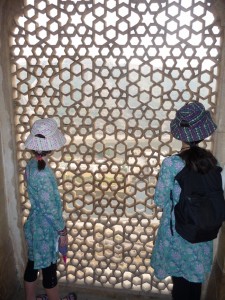
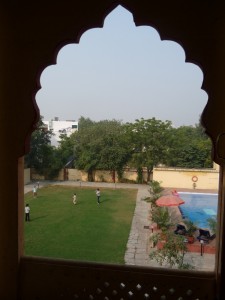
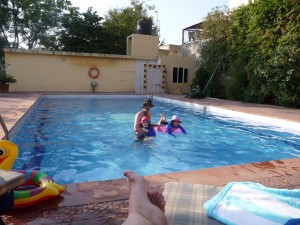
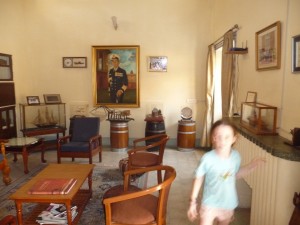
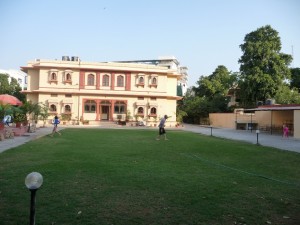
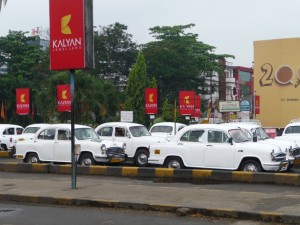
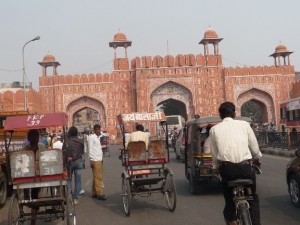
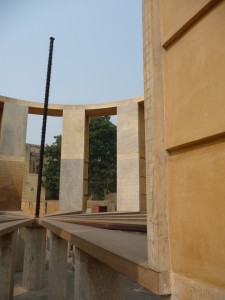
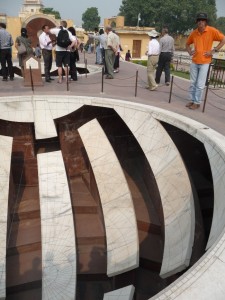
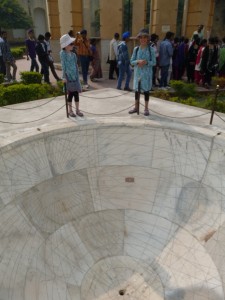
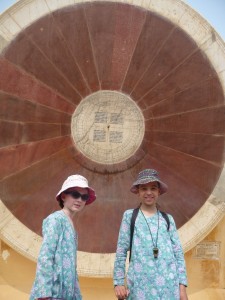
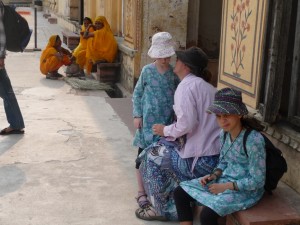
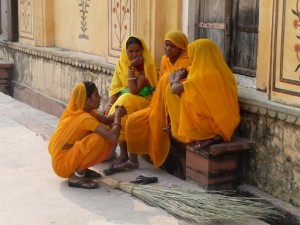
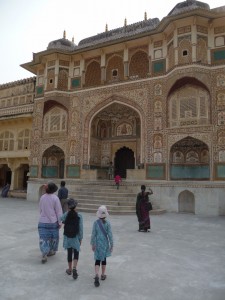
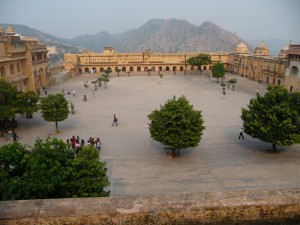
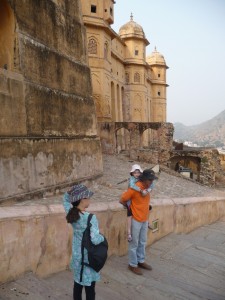
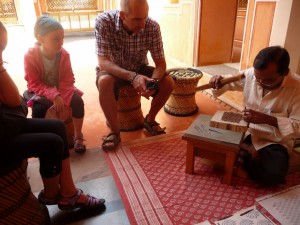
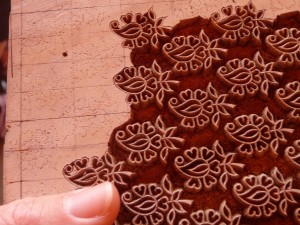
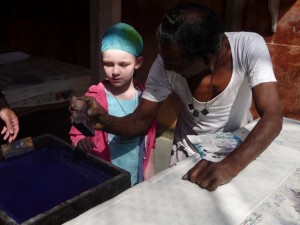
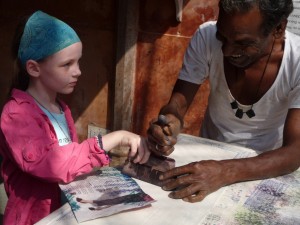
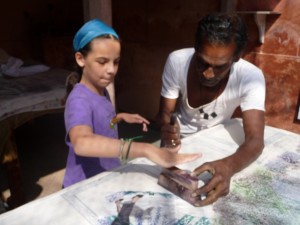
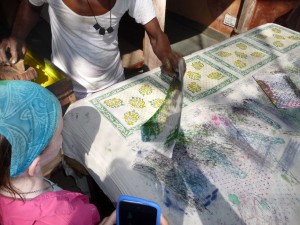
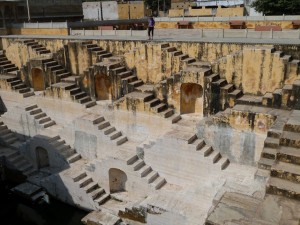
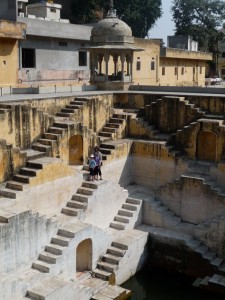
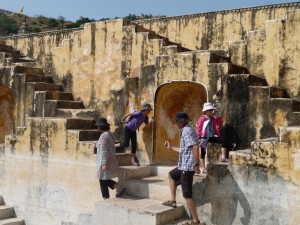
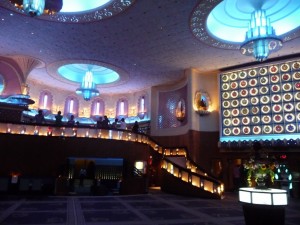
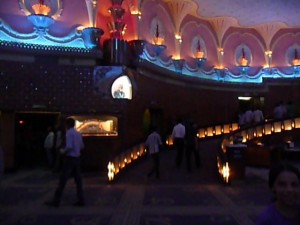
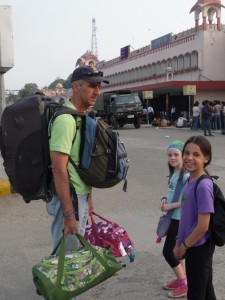
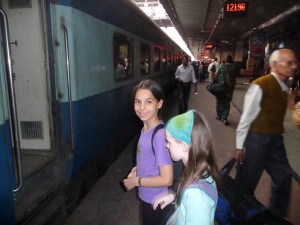
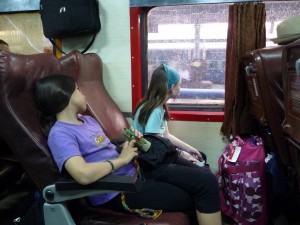
Words fail me! What a wonderful, and different experience you’re all having. Immy – I hope your tummy gets better – you seem to have had that tummy bug for such a long time! Dad/Grandpa had a chuckle about the navigation/sextant comment.
I’m so glad you’ve taken so many photos, though what is shown here would only be a fraction of the total.
Love to all DIPS……….from Nanna
It seemed long but was only nine days – it just spanned 3 cities! We have filled a few memory cards full of photos! with digital you can really take waaayyy too many but I love trying to capture the moments!